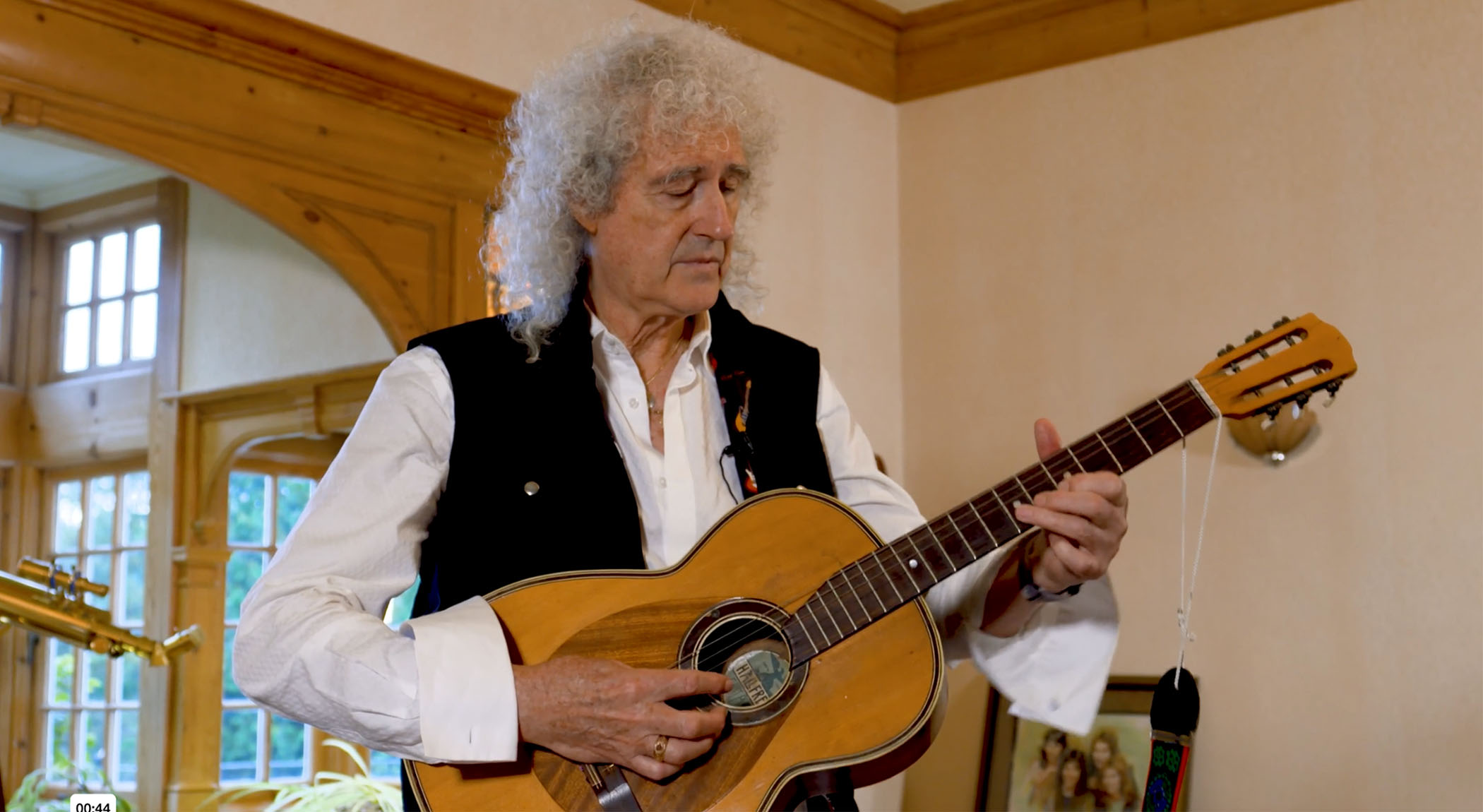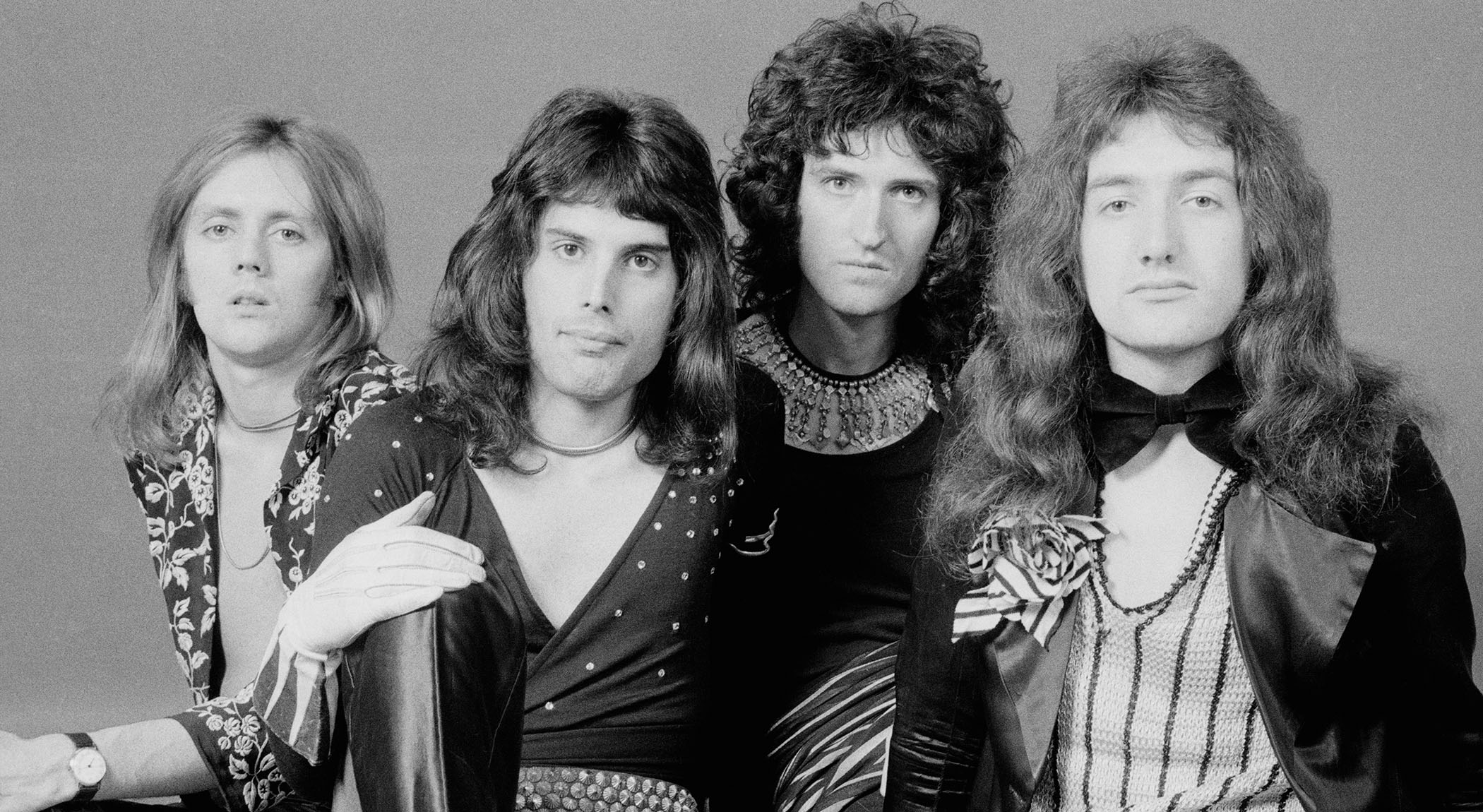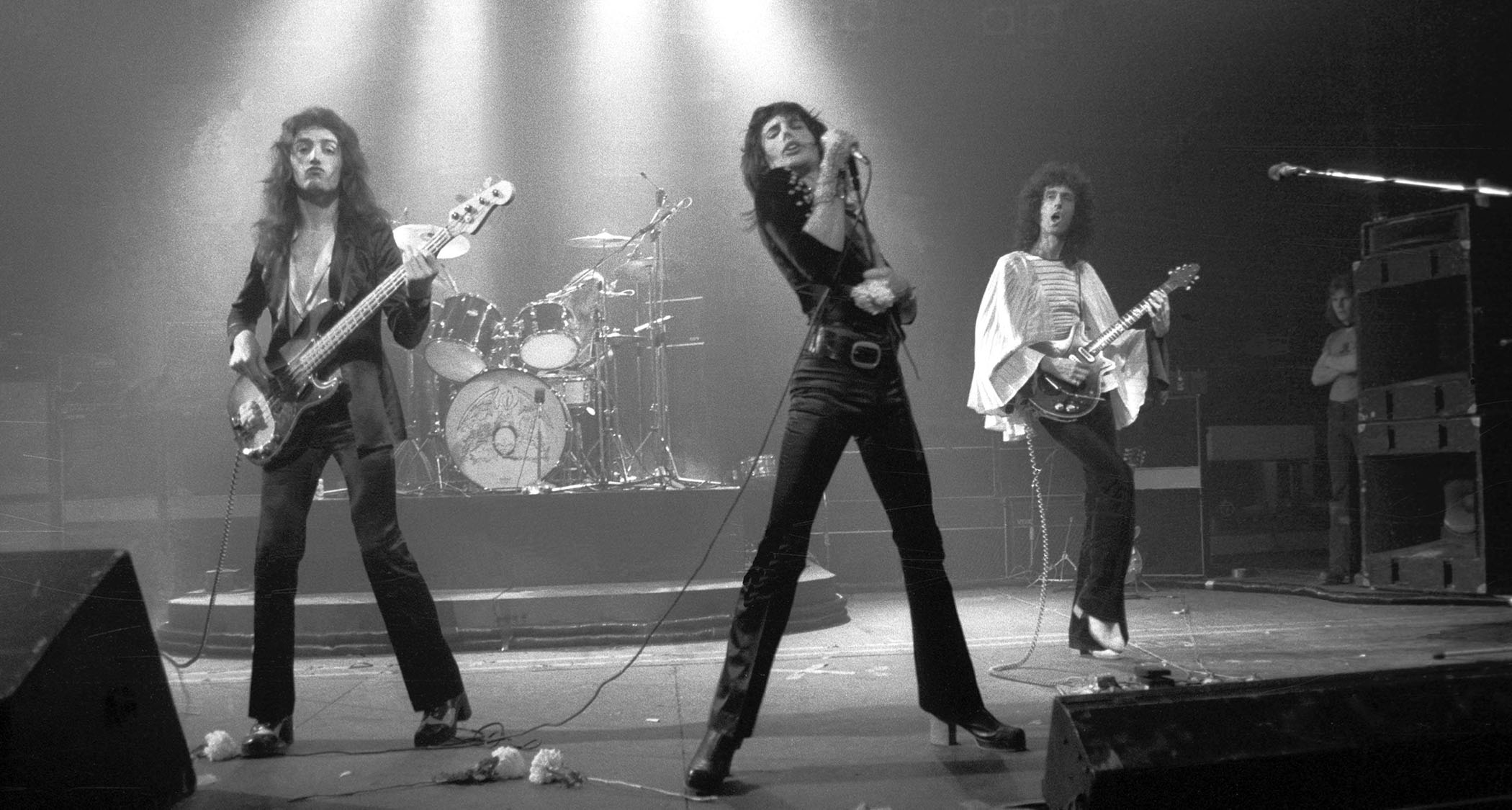
Brian May has revealed how a bout of depression and a “bastardised” cheapo acoustic guitar led to the creation of one of Queen’s all-time greatest tracks, The Night Comes Down.
Speaking in the latest episode of Queen The Greatest, the YouTube series documenting the making of their recently restored and reissued 1973 debut album, May, modded £10 classical guitar in hand, discussed the evolution of the track, and how it would become an declaration of artistic intent. Queen was going to be a band who were determined to do things their own way in the studio.
The Night Comes Down is one of the most audacious tracks on Queen’s debut, where they apply their theatrical, widescreen sensibility to an arrangement that plays out like a medieval prog ballad. It might be grand, epic, and ambitious, but its melancholy was coming from a very real place. The Night Comes Down evolved in May’s head and he was not always in a good place at the time.
“The song, actually, was being about those moments when you are not jolly, those moments when you feel like you’ve lost it,” he says. “And when I look back at it, I was very young to be writing that stuff but I did get depressed in those days.
May says “it was always about relationships,” admitting that he was “never any good” at making them work. He knew he had his friends, his studies, and his band were getting somewhere; there was a lot to be positive about. But that positivity was fragile.
“I had moments where I thought, ‘I am in a great place. I can make music. I’m with great friends. I’m at college doing stuff that I love doing. Everything’s great.’ And then somehow, everything would fall apart,” he says. “It’s like the night came down in my head. So that’s what the song was about. It’s not a jolly song.”

If the song was about depression, it was facilitated, and maybe even inspired by May’s acoustic guitar. This was what was always in his hands at the time.
Last week, we brought you the story of how May modded this guitar with pieces of flint and a knitting needle with the intention of making it buzz like a sitar. But in this video segment, he goes into greater detail about the modifications he made to it – and even plays a little bit of The Night Comes Down to show how still buzzes to this day.
This unassuming nylon-string was made by Hallfredh but it has been wholly transformed by May, and you cannot perform a more radical – and potentially ruinous – modification to a gut-string acoustic than restringing it with a set of steel acoustic guitar strings.
“The bridge wasn’t really high enough to make them vibrate cleanly but I turned this into an advantage because I liked the buzzy sound it made,” says May. “It made it sound a bit like a sitar.”
That was mod #1. More would follow. May carved out his own hardwood bridge and installed it on the guitar. He stuck pins and needles in it. The buzzing got louder and this unique sound influenced who he actually played the instrument.
“I sort of bastardised this guitar,” he admits. “But it made this sound very much like a sitar, but, I suppose, a bit warmer, and I learned to play that way on [this] acoustic, playing lead on acoustic which wasn’t necessarily done that much.”

Nor was placing the acoustic front and centre of a rock band’s mix. That was considered unconventional at best, bad practice at worst.
We were told in these little excursions we had into those studios, ‘You can’t mix acoustic guitar with electric guitar,’ And we would go, ‘Well, why?’
But May wrote the track around this acoustic tone and he had a vision for the electric to accompany it. His Red Special – the acme of his DIY luthiery projects – was to play a supporting role, whether the engineer and producer liked it or not.
“We were told in these little excursions we had into those studios, ‘You can’t mix acoustic guitar with electric guitar,’ And we would go, ‘Well, why?’ ‘Well because the electric guitar’s too loud.’ ‘Don’t be ridiculous! You can make it as loud as you want in the mix,’” says May. And that’s what they did.
Challenging the received wisdom of the time, that acoustic and electric guitars did not belong in the same mix, May pumped the acoustic up in the mix.
“There was this sort of myth around, ‘Oh it’s not going to work.’ So I wanted to prove to myself that you could make the acoustic guitar the front instrument, and the electric guitars could actually be behind,” he says. “The electric guitars are like a string quartet behind the acoustic guitar. And they are not too loud because you have them at the right volume in your mix!”
May and Queen ultimately won that fight. Though they were never fully happy with the recording of their debut. Roger Taylor was playing on the studio’s drum kit and they hated the sound. It was plastic, covered in tape. Taylor said it had no resonance to it. He struggled through those sessions.
For the 2024 Queen I reissue (the original was just titled Queen), the band transferred the original 16-track tape recordings onto digital and employed a team of audio restoration engineers to enhance the sound of each and every one of Taylors’s drum beats.
This was a particularly laborious process, especially seeing as Taylor was, in May’s words, a “quite busy” player.
“He would do a lot of fills but it fits so perfectly with the way we were playing,” says May. “I think, probably, now he would say, ‘oh no, I was doing too much’ but actually it was perfect for the time.”
The guitars, too, got some hi-fi TLC for the reissue. One of the problems with the original recording was that the band did not have control. Nor did their producer, Roy Thomas Baker, who had been given a brief by the studio bosses – who were also Queen’s label bosses – to make it made it sound like a Trident record. But a studio’s house style was never going to be Queen’s style.
“[Roy] was taking all the beautiful room sound off the track,” says May. “I remember sitting there with him, I remember thinking, ‘At least the original isn’t being destroyed here. At least this is an alternative and maybe one day we can go back and look at the original.’ And we’ve now done it.”
Queen I is available now on all formats, including a Super Deluxe six CD and vinyl box-set.







